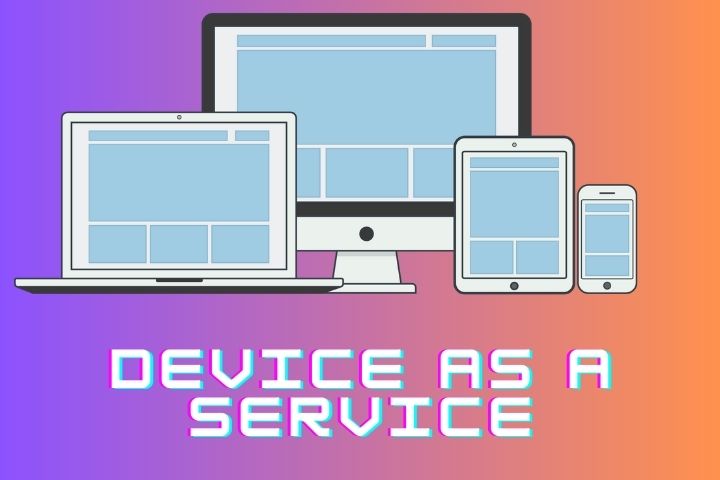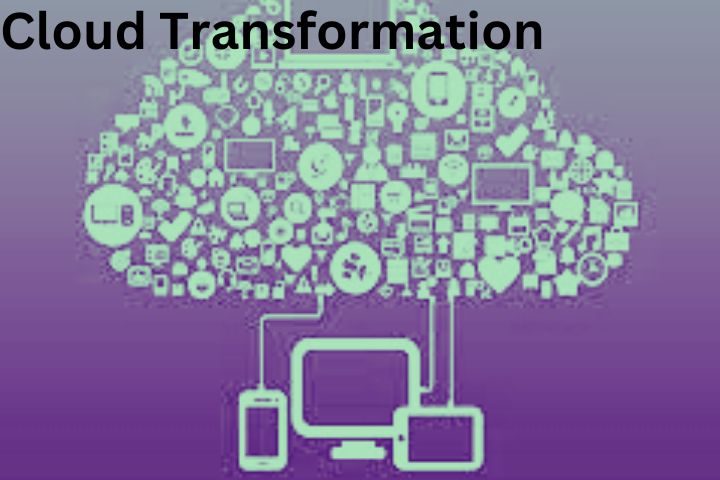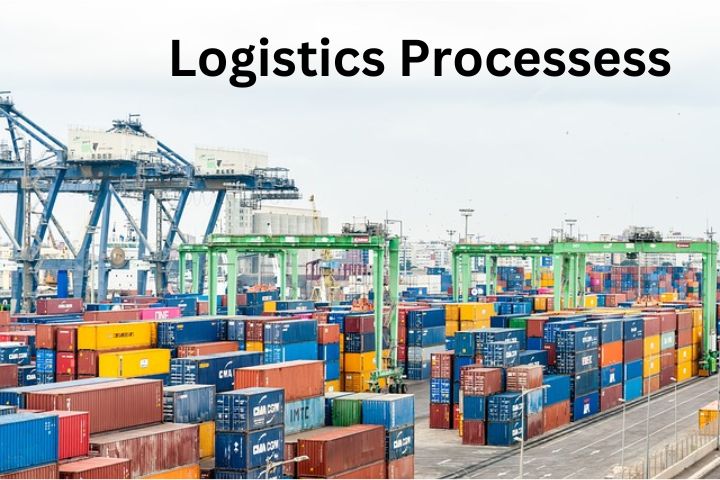
Cloud security (also cloud security) deals with protecting cloud computing systems. It forms a discipline of cyber security.The aim is to protect data stored in cloud data centers against internal and external threats.Several technologies, protocols, and best practices are used to achieve this. The service provider and the customer are required to ensure these measures success.
In the case of the provider, it is primarily about protecting the backend against threats. On the customer side, the focus is on the correct configuration of the services. In addition, companies should encourage their users to develop safe usage habits. But the customer must also secure the end-user hardware and the networks.
Cloud security includes the following sub-areas:
- data retention
- data security
- Identity and Access Management (IAM)
- Prevention, detection, and counteracting of threats
- Business continuity ( business continuity management )
- Compliance with the law (IT compliance)
Cloud Security Risks:
Possible loss of clarity:
Cloud infrastructure can quickly become complex, especially for medium-sized and large companies. This is due to three factors:
- Various end devices, such as desktop computers, laptops, tablets, and smartphones, are used.
- Different departmentsaccess cloud services and use them in different ways.
- If there areseveral company locations, this further increases the complexity.
This can make cloud infrastructures confusing if they are not managed consistently.
It is crucial that you actively control your cloud provider.Appoint someone to be responsible for the cloud strategy in your company. This defines how the cloud should be used securely and optimally and communicates these best practices internally.
Migration Risks:
Sometimes pressed for time, companies need to move applications to the cloud and deploy thembefore they have been adequately tested and secured.
This is primarily a planning problem. Therefore, allow for a sufficient time buffer when moving to the cloud. Also, plan firmly with a test phase that must take place before the new cloud services are released to the workforce.
Misconfiguration of Cloud Services:
Because cloud services are becoming more and more powerful,their complexity is also increasing. This can lead to misconfigurations, which offer opportunities for attackers. One example is security management defaults that would need to be changed but are adopted by the organization.
Another example is errors in access management, through which unauthorized persons gain access to sensitive data. It also happens that sensitive data is open because the corresponding labeling was neglected.
However, the risks just mentioned can quickly be ruled out byregular security audits.Here, too, it is less a technical challenge than an organizational one.
Risks from Application Programming Interfaces:
APIs pose a security risk related to cloud usage. This is specific to publicly exposed web APIs. They form a gateway through which hackers can access your data unauthorized.
You should therefore find out in advance what measures your cloud provider takes to secure APIs. In particular, ask about these points:
- Whichauthentication mechanismsare used? For example, solutions based on OAuth 2.0 or OpenID Connect have proven themselves.
- Is theprinciple of least privilegeobserved, i.e., users only granted as much access as is necessary?
- Is traffic encrypted with Transport Layer Security (TLS)?
- Are inputsvalidatedbefore being passed to an endpoint?
- Arethroughput ratescapped to prevent denial of service attacks?
Lack of training:
What is often overlooked: Cloud security can be threatened not only from the outsidebut also from the insideby your employees. In the rarest of cases, this is malicious intent. Instead, team members need to correct their cloud usage, which can be explained by negligence or lack of training.
Therefore, plan a thorough training phase for each cloud migration or expansion of services.In the form of live workshops and e-learning
Your employees should be thoroughly prepared for the new technology. A sound support system should also be available after the introduction. Also, working with an MSP can prove advantageous because they have extensive experience in training and change management from many projects.
Compliance Requirements:
There are many legal requirements, mainly when using public cloud services.This not only affects the handling of personal data, as regulated in the General Data Protection Regulation (GDPR) but also, for example, special requirements for organizations that have a so-called critical infrastructure. Examples are energy suppliers or telecommunications providers.
In addition to these legal requirements, IT compliance includes agreements with customers and partners. It is also necessary to consider specific industry standards or frameworks, such as ITIL or COBIT.
Consider working with a managed services provider (MSP) to reduce this complexity. These providers areintermediariesbetween the major cloud computing providers and your business; however, they also offer standalone private cloud solutions.
In any case, these specialized service providers can guarantee a veryindividual level of support, which is only sometimes guaranteed with the large, often somewhat anonymous providers.This affects compliance requirements and the individual provision and implementation of cloud services.
Possible dangers of hybrid work
The way we work has changed significantly as a result of the corona pandemic. In parallel to face-to-face work, many companies will continue to offer remote work. Such hybrid models offer many opportunities but can come at the expense of cloud security. This is due to the large number of end devices used at home and increased identity and access management challenges. However, many cloud providers are currently developing or offering solutions here. This includes both IAM applications from the cloud and solutions integrated directly into cloud services.









